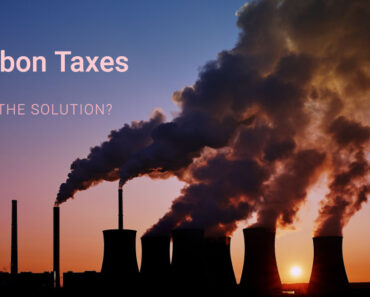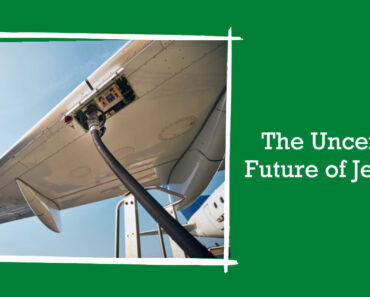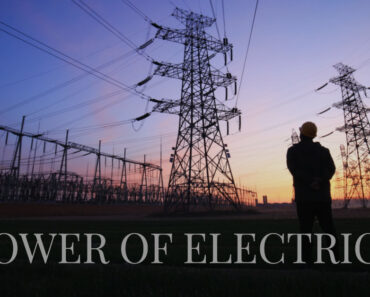Road transport has long dominated our efforts to neutralize transport carbon emissions.
Technology we use daily.
It’s raw.
Internal combustion engines smell, sound, and seem unavoidable.
Nevertheless, examining the world’s carbon emissions reveals other less apparent polluters.
How Much Does Shipping Affect Environment?
We have the capability to eliminate road transport’s 12% share of greenhouse gas emissions.
The other 88%?
Several companies worldwide are developing innovative methods to neutralize their carbon impact.
Shipping generates 2% of global emissions.
Container ships, which carry 80% of global trade, produce most of this.
Surprisingly, not millions of cargo ships transport our goods worldwide.
Maersk, the world’s largest shipping firm, with 786 ships and 17.6% of the container transport industry.
786 huge ships.
We must be ready to convert these ships to carbon-neutral technology in 20–30 years.
The Triple E, the biggest Maersk ship, is as long as the Empire State Building.
These ships are enormous.
Twenty thousand (20,568) conventional twenty-foot containers can fit on a Triple E.
A regular twenty-foot container can accommodate roughly 6,000 shoe boxes.
Hence, a Triple E cargo might supply almost 123 million shoes.
Enough for much of Japan.
That’s absurd.
These ships are huge polluters.
Each ship significantly impacts global emissions.
Maersk emitted around 36.5 million metric tonnes of CO2 in 2019.
about Ireland’s emissions.
Yet, cargo ships are the most efficient mode of shipping.
2007 was closer to 6 grams.
Maersk didn’t design a new technology to do this.
They slowed.
Slow Down for the Earth
Size, weight, and speed determine fuel consumption for these ships.
This graph compares daily fuel use at different speeds and load capacities.
Each knot of speed increases fuel consumption exponentially, and bigger ships consume more fuel.
A 24 knot 8,000 TEU container ship would burn 225 tons of fuel per day, but a 12.5% speed drop to 21 knots would reduce fuel usage by 33% to 150 tons per day.
In 2007, rising gasoline prices prompted the trend of decreasing speeds, which was reinforced in 2008 by the global financial crisis.
While climate change has become a priority, shipping corporations continue to reduce fuel use to cut expenses.
Maersk’s 42% emissions reduction is good, but reaching 60% by 2030 and 100% by 2050 will be difficult.
Slowing a ship to decrease fuel consumption is a game of diminishing returns. Below 12-15 knots, it makes no sense, and to attain 100%, we would have to switch off our engines, which would destroy the entire economy.
How will you reach 100%?
Slowing these ships caused something unusual.
Their well-shaped hulls failed.
Huge ships like these are meticulously designed to decrease drag at a certain speed.
Reducing ship speed disrupted fluid dynamics and prohibited drag-reducing ideas from operating.
Large ships need the bulbous bow for efficiency.
15% drag reduction.
They’re old tech.
The USS Delaware had the first ones in 1910.
They produce a secondary bow wave that destroys the ship’s hull wave.
This method decreases wave energy and frictional drag by reducing the ship’s water contact area.
2007 ships have a tight speed range.
Nowadays, speeds are lower and more unpredictable.
Bows built for this speed won’t perform well.
In 2012, Maersk began modifying their bulbous bows with ones better suited to the lower operating speeds as part of their fuel savings initiatives.
Efficiency is the first step to cleaning up this sector.
With such a massive equipment, emissions reduction must prioritize efficiency.
As demonstrated, low-hanging fruit may save millions of tonnes of fuel.
Several technologies are being developed for this purpose.
Operational optimizations like better routing software and autopilot technology, thrust efficiency upgrades from retrofitting propeller and rudder designs, hydrodynamic upgrades from better hull design or even routine cleaning of the hull and propellers, and engine waste heat recovery can all make a ship more fuel efficient.
Wind power.
Wind power is making a comeback to propel these gigantic ships.
Powered Dutch West India Company shipping empires for decades.
Modern ships are hard to wind-power.
If they take up too much cargo space, shipping firms won’t utilize them, and designing them for a quick return on investment is tough.
The flettner rotor is an intriguing wind power method being investigated.
The magnus effect generates thrust in these rotors.
These rotors may generate a lot of thrust with minimal energy when crosswinded.
New composite materials make rotors lighter and less power-hungry.
Norsepower claims its biggest rotors can generate 3 megawatts of forward thrust with 90 kilowatts of energy.
Importantly, they’re cheap to build.
They minimize deck space and revenue loss.
Can be converted to various ships, and the rotors are computer-controlled.
The Maersk ship testing these rotors saved 8.2% of fuel between September 2018 and September 2019.
If that’s reproducible, I expect more ships on favorable wind routes to have similar devices.
Wind can’t power large ships, and the maritime industry’s major issue is lowering fuel usage.
Fuel.
Shipping has traditionally utilized this polluting thick sludge-like fuel.
Inexpensive yet extremely polluting gasoline that releases sulphur and nitrous oxides.
The international marine organization requires that these emissions be minimized, thus the shipping sector has mostly switched to low-sulphur heavy fuel oil, scrubber systems, and liquified natural gas.
The largest LNG-powered ship launched two months ago.
This would alleviate most heavy fuel oil issues and reduce carbon emissions by 20%, but they leak a lot of methane, a considerably more potent greenhouse gas.
Still fossil fuel.
We could use biogas or biodiesel.
These fuels are made from renewable biomass, but their capacity to reduce carbon emissions is questionable.
Some strategies reduce net carbon dioxide emission while others harm the environment more than fossil fuels.
Without tightly controlled, biofuels like biodiesel are worthless and might stimulate the conversion of more woods into cropland to grow soybeans while scarcely lowering carbon emissions.
Biofuels aren’t the answer, but I need to learn more about them.
Hydrogen has its drawbacks too.
Hydrogen is pricey, but Norway and Japan are betting on it for businesses like these.
Like long-haul transportation, the shipping sector can develop crucial infrastructure along single heavy-use routes initially.
Japan is a major transpacific refueling stop.
US-China relations.
Because hydrogen has a high gravimetric energy density but a low volumetric energy density, this long journey presents some intriguing logistical issues in a transition to hydrogen.
Fuel storage would require ship cargo room.
One research revealed that 43% of transpacific journeys might be accomplished without fuel storage or refueling.
They also discovered that replacing 2% of cargo space with fuel storage allowed 86% of journeys, while 5% allowed 99%.
One more refueling stop could complete 99% of journeys.
For a lengthy ride, finding a refuelling stop is harder.
Alaskan refueling stations would reduce profitability.
If demand allows, floating fueling stations with offshore wind-generated hydrogen may serve routes like these and keep the quickest route between China and the US in operation.
Always room for improvement.
Though the transportation sector is efficient, it can always be better.
This will need investment and lower shipping industry earnings as fuel prices increase, but it is important to minimize and eliminate carbon emissions.
As we observed, only the international maritime organization compelled these shipping corporations to switch from heavy fuel.
We must keep pressuring firms to clean up their tech and prepare for the future.
These massive vessels will roam our waters for decades.
We’ll regret banking on a fuel that’s not environmentally friendly or scalable for decades.
We must think ahead and act now.
Shipping underpins contemporary society.
Worldwide shipping.
Without this service, the contemporary economy would stop for food and fuel.






